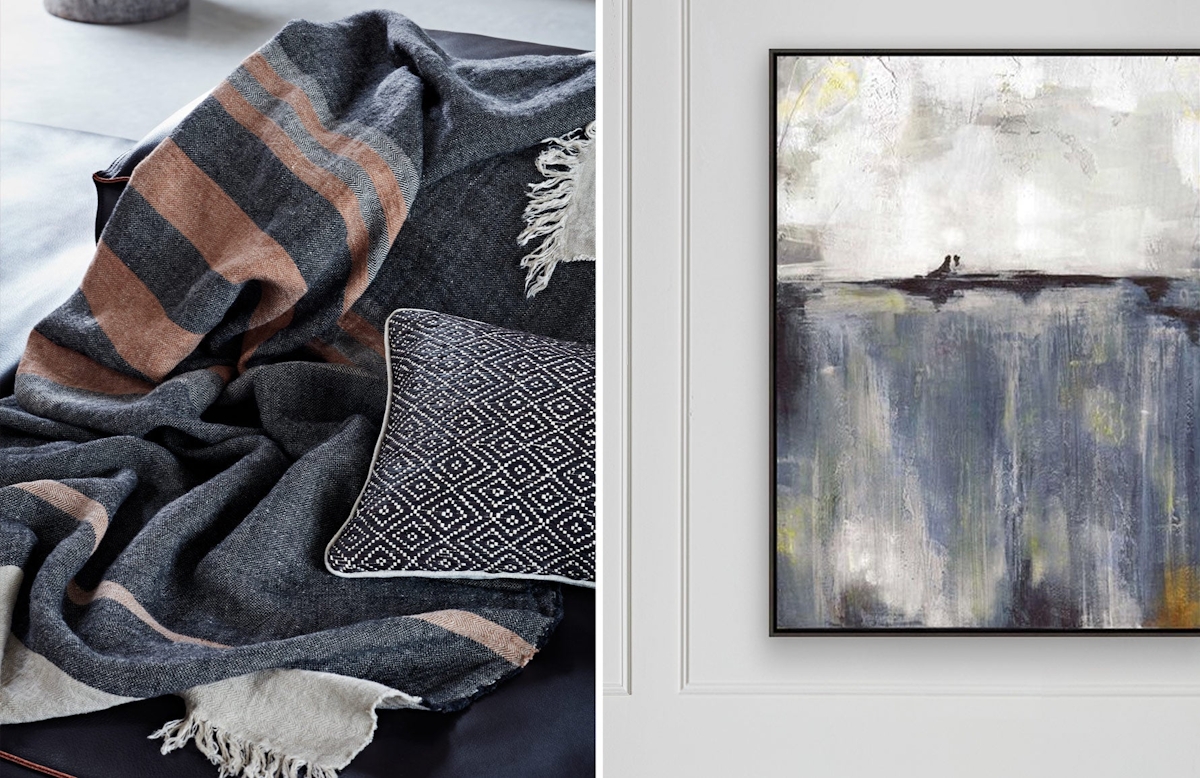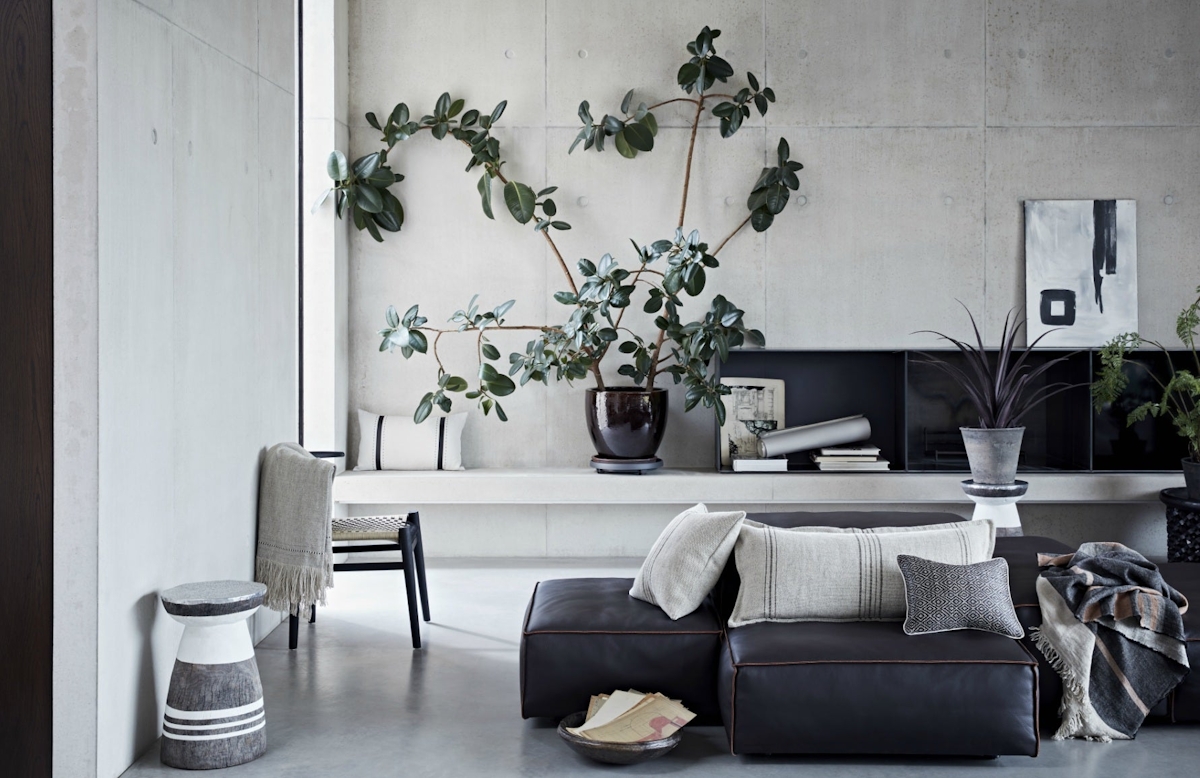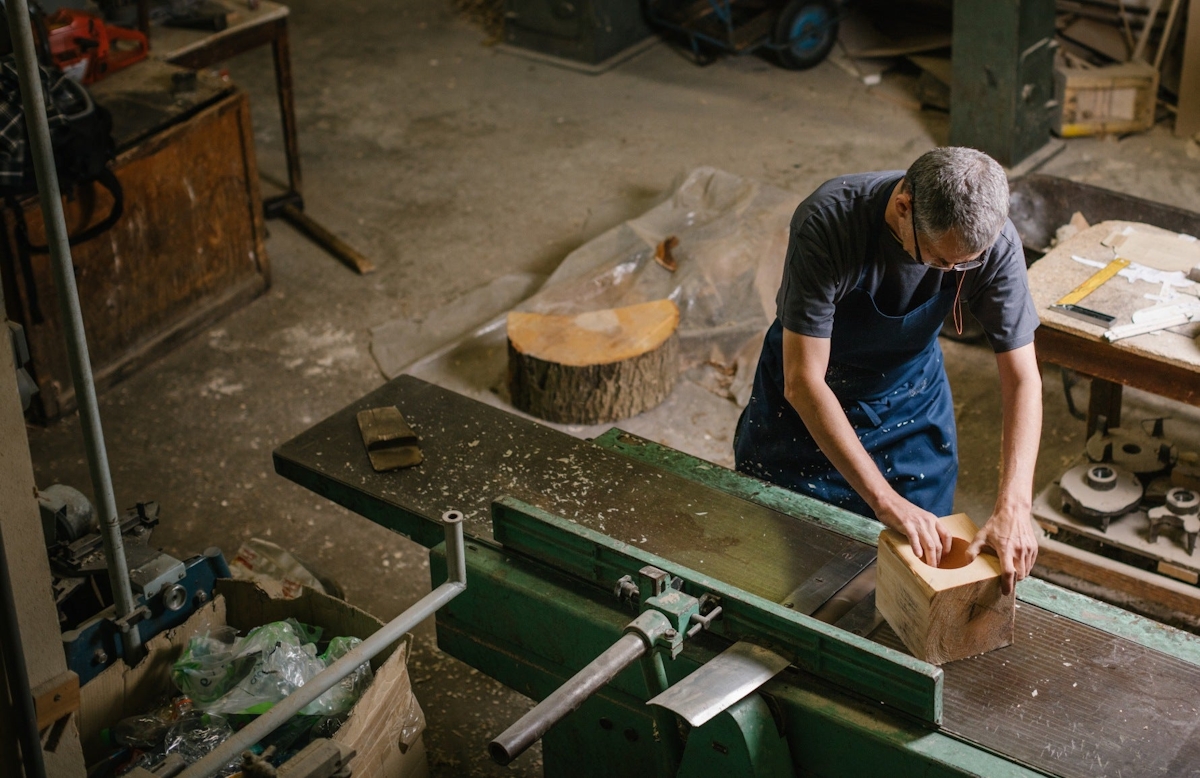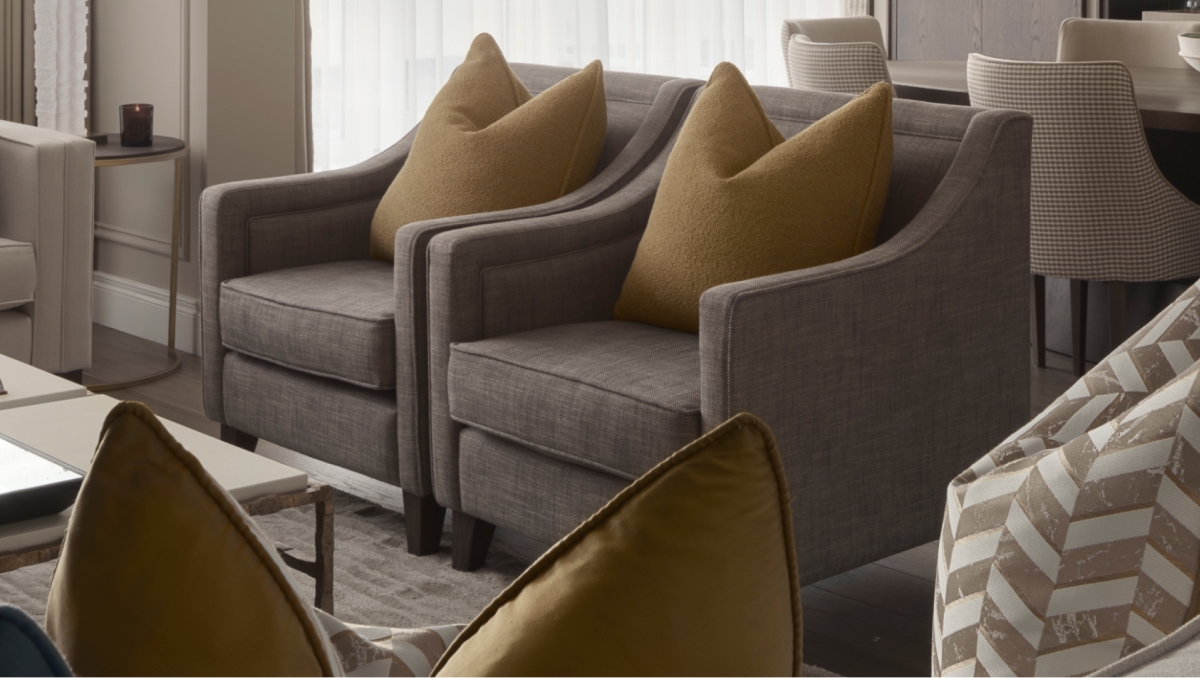A change is happening in the design world and beyond as we all individually and collectively come to reckon with the impact of our modern lives on the environment around us. Every year individuals pledge new efforts to make a daily difference to their carbon footprints and brands too will communicate their promises towards green design as, together, we celebrate and inspire sustainable living practices.
LuxDeco’s Senior Creative Buyer Jessica Harding shares the sustainable side of what we do here at LuxDeco through our Conscious Collection.


/products/S19DPINI0044-001_Small_White_Demetra_Basket_fee606b4-b4c0-4e19-adaf-98e7b2c553f51632048428343.jpg)



/products/S19DPINI0043-001_White_Ovo_Large_Basket1631993847305.jpg)

